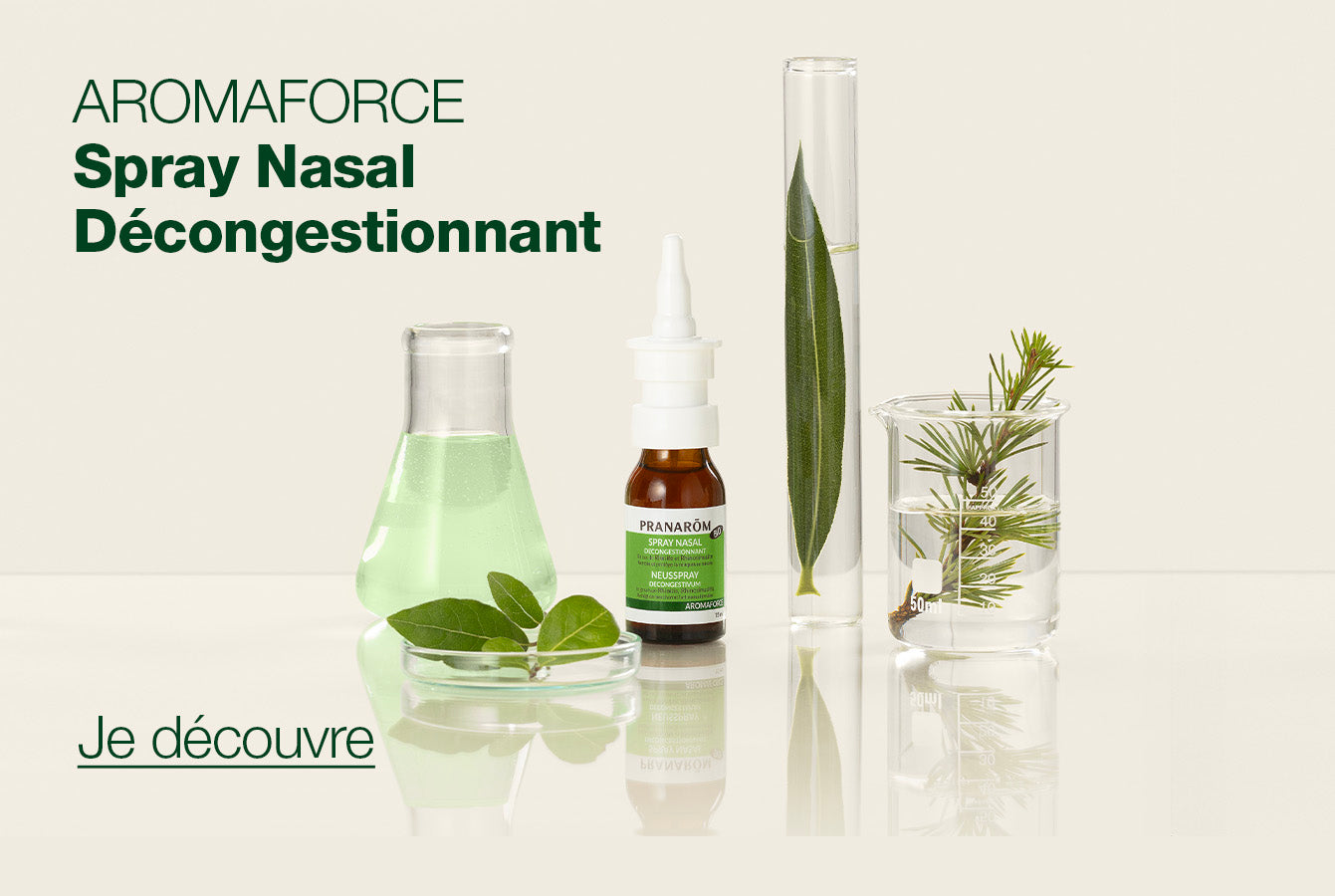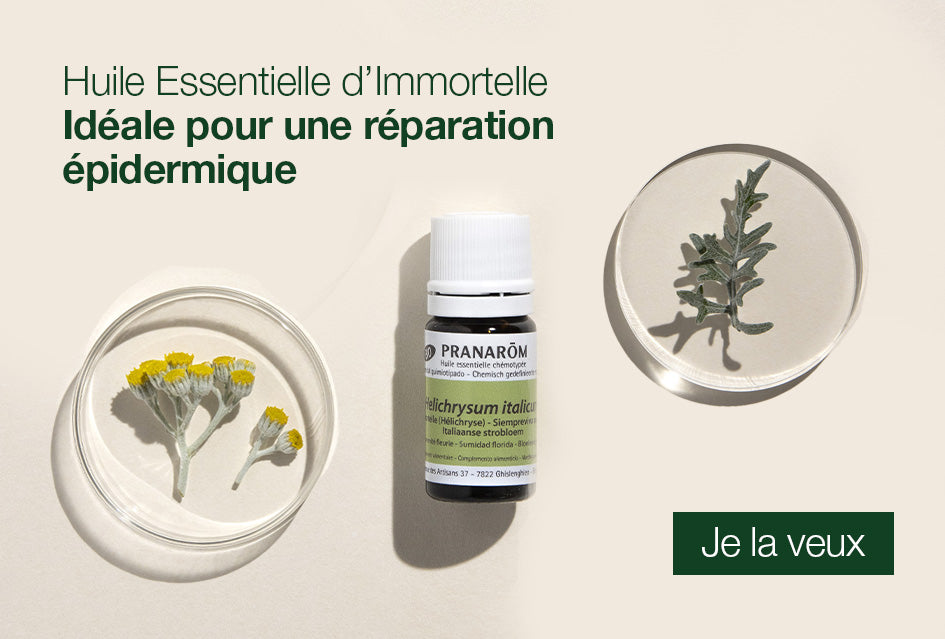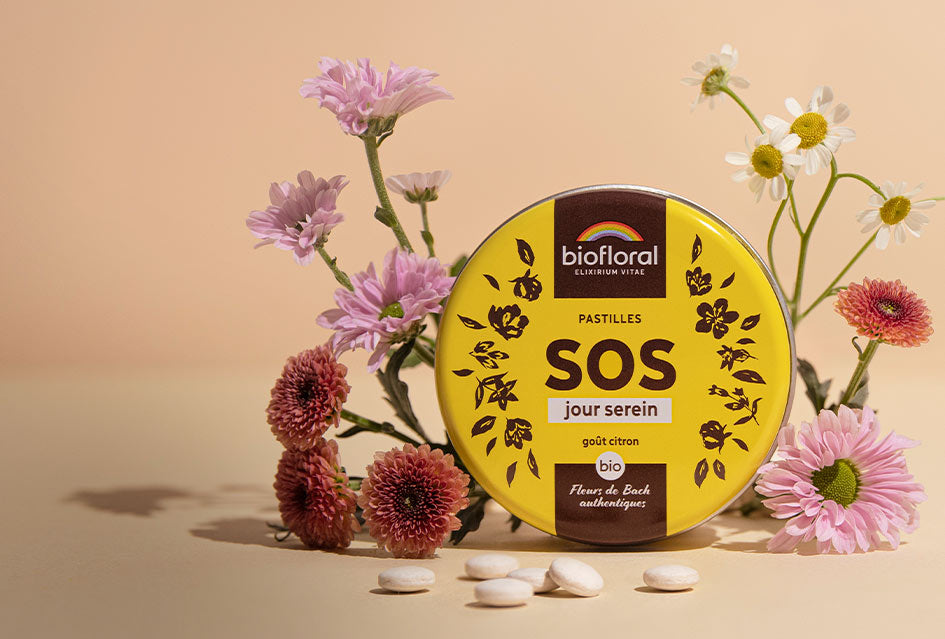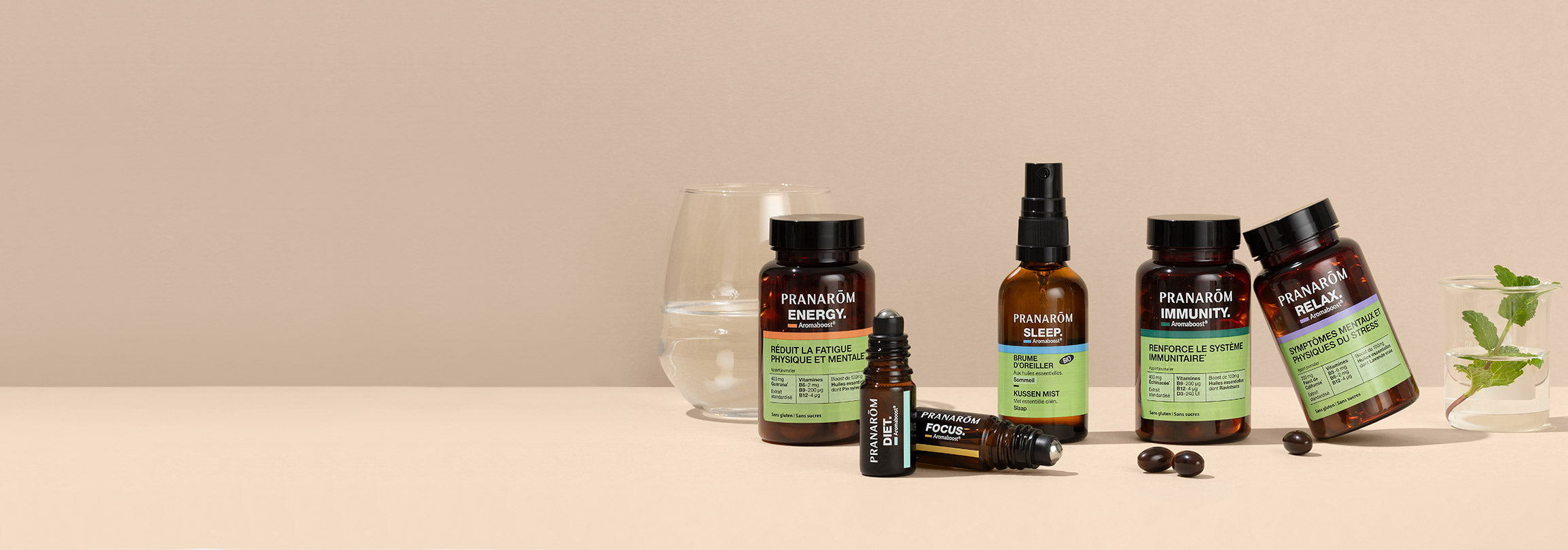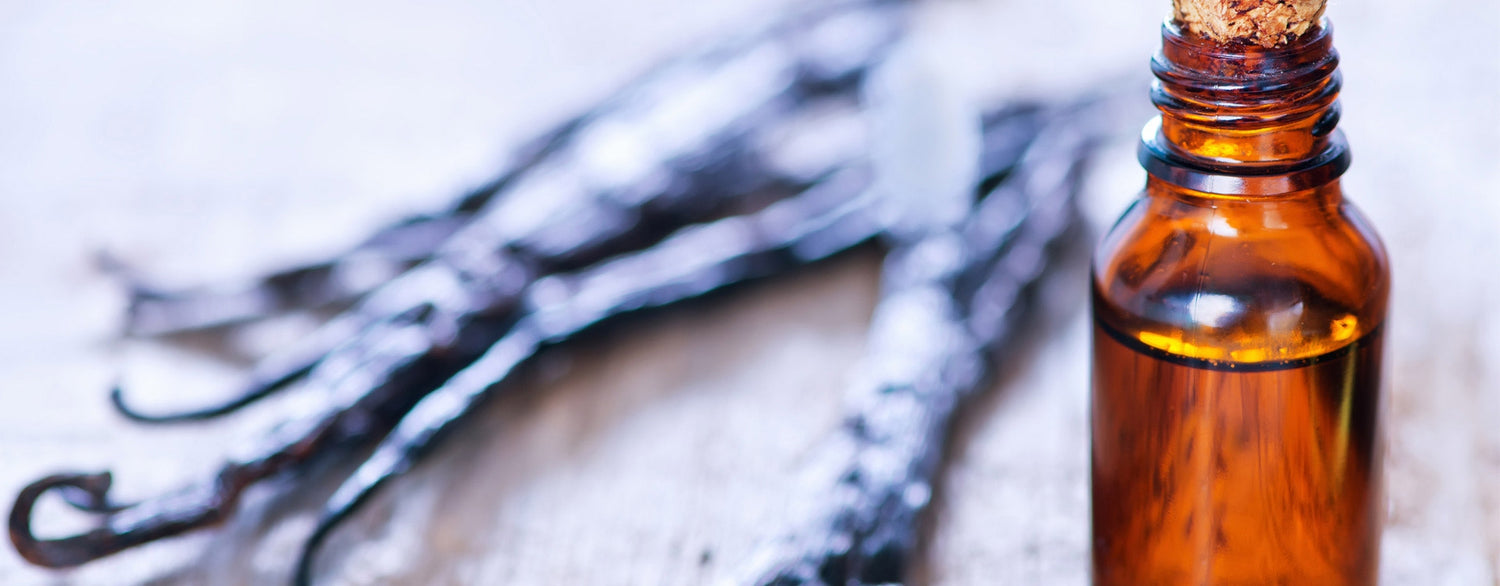Smooth, delicious, spicy, warm, sweet, ... so many adjectives to define the smell of delicious Vanilla oil.
In this period of crisis and end of confinement, it is not uncommon to feel a little stressed or depressed, vanilla and its comforting aspect are there to help you and soothe you! Want to know more about the virtues of this product from Madagascar?
Where does the vanilla pod come from?
Vanilla is the fruit of an orchid, it originates from Central America. It was discovered by the Spanish in the 16th century. At the time, the pods were collected from wild orchids and until the end of the 18th century, pollination was done by small bees. It was only in 1880 that vanilla arrived in Madagascar, the French colonists took the best plants to plant them on the Big Island. Its ideal climate and the ancestral know-how of its farmers make it today one of the best vanilla in the world.
The vanilla that we use for our oils, also called “vanilla planifolia ” in Latin, therefore comes from Madagascar. To obtain the vanilla pods, it is not an easy process and for good reason here are the different steps:
- Planting lianas in Madagascar at the end of the dry season.
- Wait for about three years for the vine to grow.
- First flowering over a period of approximately three months.
- Flower pollination is done by hand, between 10 a.m. and 12 p.m., from October to November.
- The first pods are harvested from June to July when they reach maturity.
- The vanilla pod which is ripe and green in color should be heated in water to around 70 – 75 degrees. Scalding stops the maturation of the vanilla pods and triggers a chemical reaction which is the origin of the vanillin aroma (vanilla aroma).
- Then comes the steaming which will allow the pod to finally take on its “chocolate brown” color.
- The vanilla bean still needs to be dried in the sun, then dried in the shade for 2-3 months.
A very long process is therefore necessary, between 4 and 5 years, between planting the vanilla cuttings and placing the final vanilla pods on the market. We can therefore notice that the vanilla pods are obtained using a very traditional method.
Vanilla, therapeutic?
We all know vanilla for its smell to die for, both delicious and spicy! However, vanilla is not just that, far from it... In recent years, the scientific world has taken a very close interest in vanilla for its therapeutic properties. Scientific studies have proven (see reference) that vanillin, an aromatic substance found in vanilla pods, has numerous therapeutic properties.
Properties of Vanilla:
- Antidepressants : Vanilla is exceptional for combating a sad mood and making you feel happy and relaxed. Vanillin present in vanilla essential oil is an effective antidepressant. The smell of vanilla also has a relaxing effect, plus it has soothing properties for the brain of people prone to stress and anxiety.
- Calming: Vanilla has sedative and relaxing properties that lower blood pressure and relax the nervous system.
- Anti-oxidants: Oxidation is a major cause of most of our disorders and diseases. It is caused by free radicals which burn healthy tissues. Vanilla essential oil neutralizes these free radicals.
Example study:
In the neonatology department of a renowned hospital in Strasbourg, a study was carried out over a period of 5 years and had the subject: "the incidence of the diffusion of essential oils in the incubator of these little patients born after 24 at 26 weeks pregnant.” It demonstrated that the vital prognosis of these small patients is often compromised during the symptom of central apnea, respiratory arrest and/or cardiac arrest, threatening the patient's life. The only drug known to have some activity on central apnea is caffeine, administered as an infusion to these babies. Let us remember that the lasting side effects in these patients are numerous (digestion, circulation, nervous tissue, heart tissue) and will leave their mark if the baby goes through this important ordeal.However, the diffusion of a fragrance, a true universal olfactory anchor, in the infant incubator makes it possible to reduce the most severe central apneas, those leading to the death of the baby, by more than 50%. This fragrance is none other than that of vanilla, a real olfactory comforter which brings such psycho-emotional comfort that all vital functions harmonize…
Our Pranarom vanilla
Pranarôm highlights the precious vanilla of Madagascar thanks to a natural extract obtained from vanilla pods prepared according to the traditional Madagascar method. This high quality extract with a high concentration of vanillin is the result of CO2* extraction , a natural and plant-friendly extraction technology allowing us to obtain what the precious molecules of the plant have to offer us.
This extremely concentrated extract is then diluted for safe skin application.
Vanilla Vegetable Oil
PROPERTIES
- Leaves the skin soft and subtly scented and ideal for daily care, after sunbathing, after your shower or even as a fragrant and comforting massage.
- Soothes and calms the mind thanks to the olfactory properties of vanillin
VANILLA ESSENTIAL OIL
PROPERTIES (PREDILUTED OLEORESIN)
- A more powerful olfactory presence to be reserved for local use.
- Beautiful calming, relaxing, antidepressant and comforting properties!
Trick :
Put the 5 ml bottle of Vanilla essential oil in an AROMASELF rollerball container and apply to the skin on the wrists when the need arises!
USAGE TIPS :
- Cutaneous massage
- Olfactory route for its comforting and soothing smell
- The essential oil is diluted with vegetable oil so no diffusion possible because no vegetable oil in a diffuser.
- A CO2 extract of Vanilla is ideal as a flavoring for cooking .
C02 extraction: Most essential oils are obtained by the traditional steam distillation process. However, this steam distillation process has its limits. CO2 extraction is a much more recent and gentle technique that respects the plant. 'CO2 Extracts' are obtained by using supercritical CO2 as a 'Solvent' instead of water (or rather water vapor).
Vanilla and oral health
Vanilla isn't just found in our favorite desserts. It also plays a surprisingly important role in oral health. Here's how vanilla contributes to a healthy, radiant smile:
- Vanillin's inhibitory character: a study has highlighted vanillin's inhibitory character, contributing to oral health. This discovery reinforces vanilla's effectiveness in preventing oral problems.
- Antiseptic properties: vanilla contains compounds with antiseptic effects, helping to reduce bacteria in the mouth that can cause cavities and infections.
- Gum support: vanilla's anti-inflammatory properties can soothe irritated or swollen gums, promoting optimal gum health.
- Emotional well-being: vanilla's soothing aroma reduces anxiety associated with dental visits, creating a more pleasant, positive experience.
- Fresh and soothing: vanilla's mild aroma can help neutralize unpleasant odors, providing fresh breath.
By incorporating vanilla into your oral care routine, you embrace a natural, sensory approach to oral health. Vanilla transforms your daily routine into a moment of pleasure and well-being, while caring for your smile.
Bibliography:
Pediatrics. 2005 Jan;115(1):83-8.
O lfactory stimulation prevents apnea in premature newborns . Marlier L1, Gaugler C, Messer J.
• Iran J Pediatr. 2013 Jun; 23(3): 261–268.
Olfactory Stimulation by Vanillin Prevents Apnea in Premature Newborn Infants
Mitra Edraki, MS,*,1 Hajar Pourpulad, MS,2 Marzie Kargar, MS,2 Narjes Pishva, PhD,3 Najaf Zare, PhD,4 and Hashem Montaseri, PhD5
• Psychiatry Res. 2015 Feb 28;225(3):509-14. doi: 10.1016/j.psychres.2014.11.056. Epub 2014 Dec 9.
Vanillin-induced amelioration of depression-like behaviors in rats by modulating monoamine neurotransmitters in the brain.
Xu J1, Xu H2, Liu Y3, He H4, Li G5.
• Indian J Pharmacol. 2013 Mar-Apr;45(2):141-4. doi:10.4103/0253-7613.108292.
Evaluation of antidepressant activity of vanillin in mice.
Shoeb A1, Chowta M, Pallempati G, Rai A, Singh A.
• Biochim Biophys Acta. 2011 Feb;1810(2):170-7. doi: 10.1016/j.bbagen.2010.11.004. Epub 2010 Nov 21.
Evaluation of antioxidant activity of vanillin by using multiple antioxidant assays.
Tai A1, Sawano T, Yazama F, Ito H


